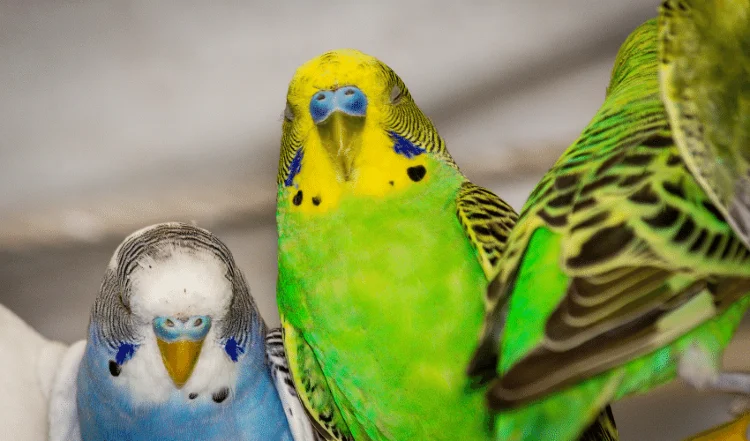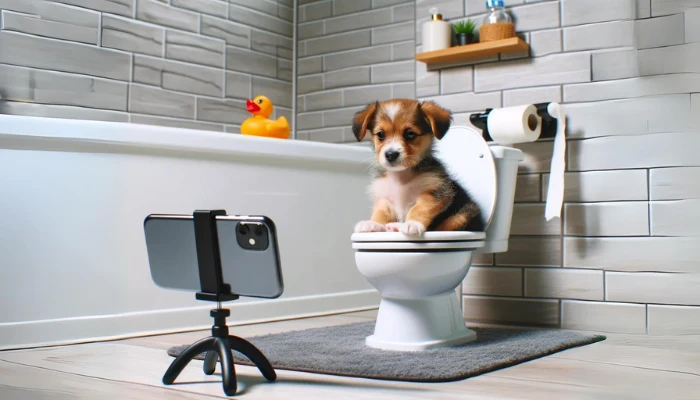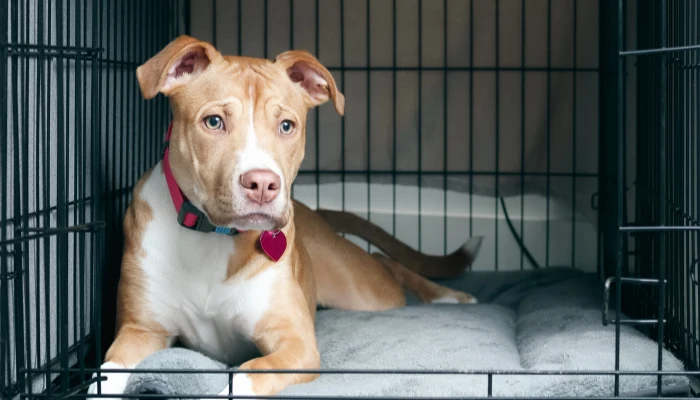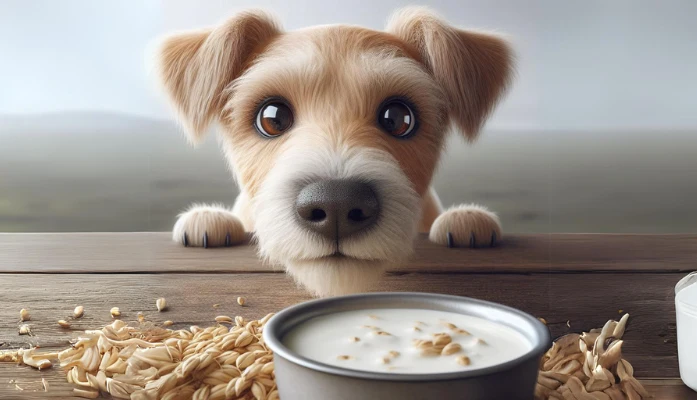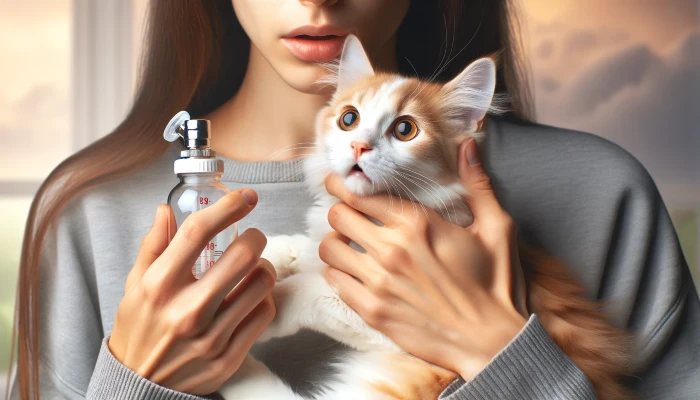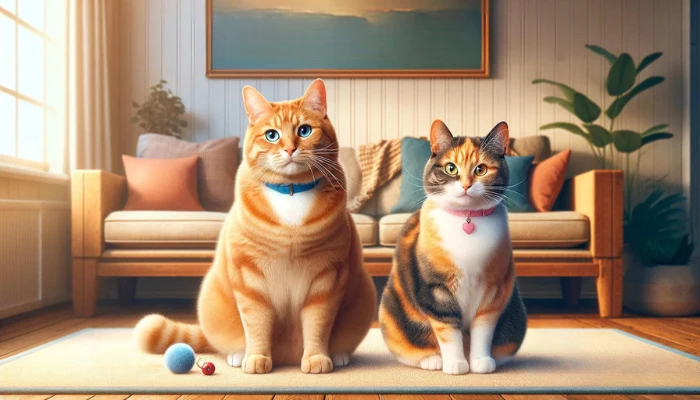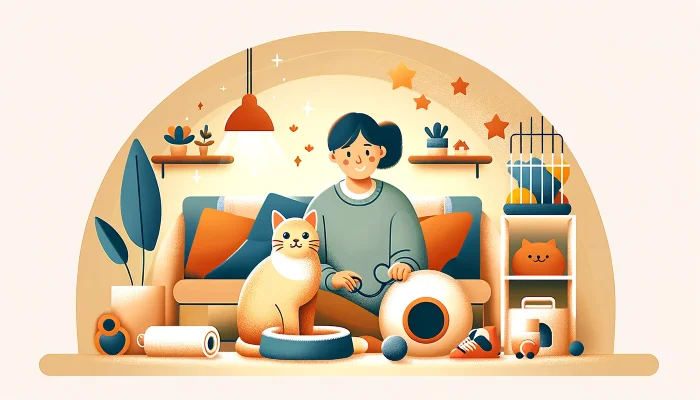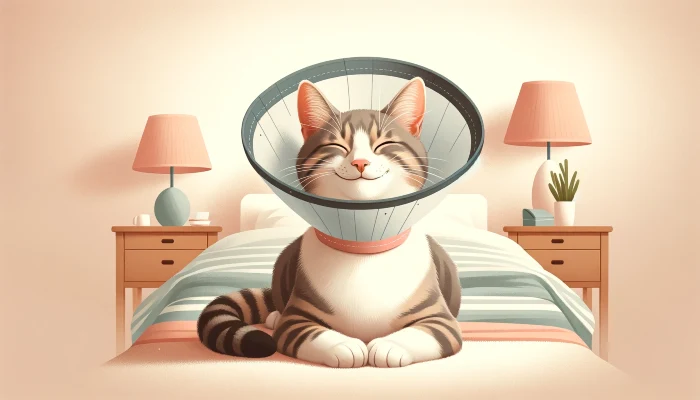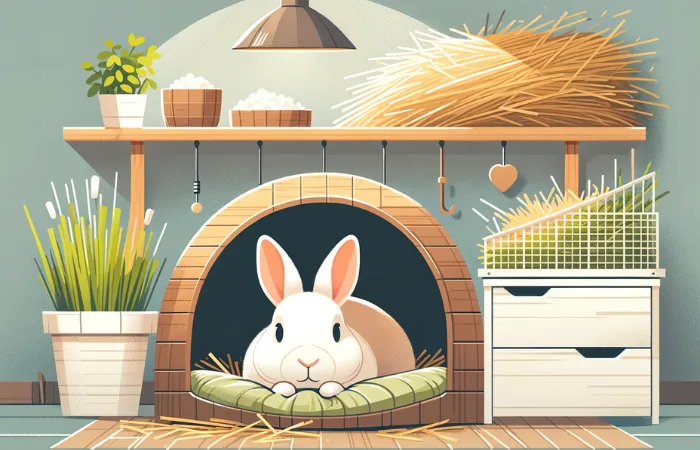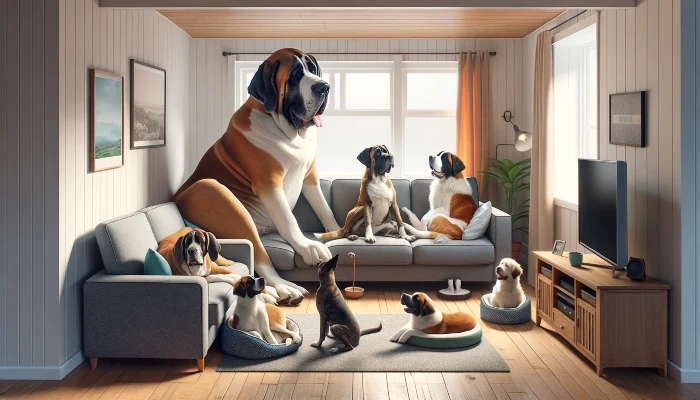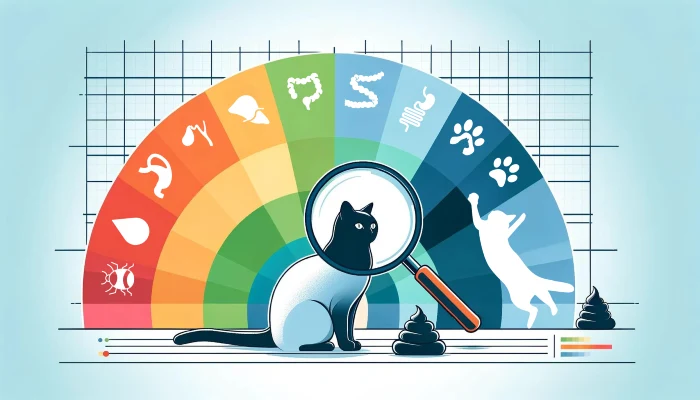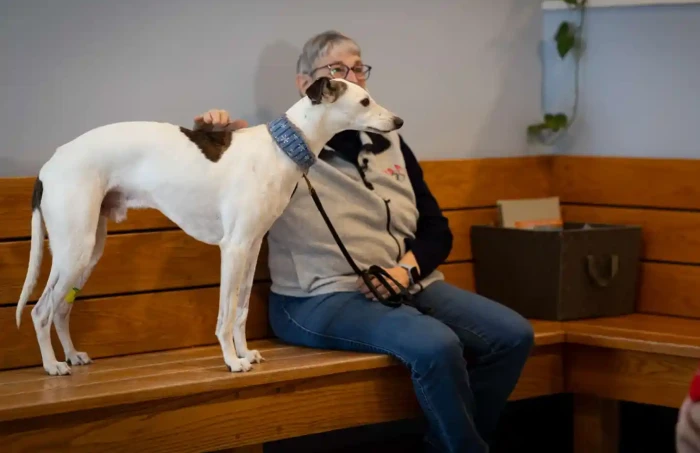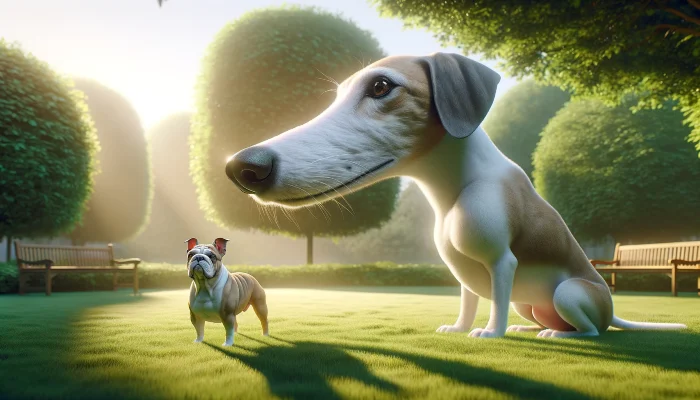Parakeets, otherwise known as Budgies, do make a wonderful pet for first time bird owners.
Parakeets are colorful, active, vocal, live 10-15 years and are easily tamed birds. That said, there are a few things to consider before bringing a parakeet into your home.
First is, do you have the time to properly care for your bird? Birds are social animals and require a lot of individualized attention. If you don’t intend on hand taming your parakeet, you should buy a pair of birds.
The second thing to consider is – do you have the budget to provide your parakeet the proper housing?
To set up the proper housing for your bird can be expensive. A good size cage, plenty of engaging and entertaining toys and food can add up quickly.
If you are able to give a parakeet these things, use this guide to help you provide your new feathered friend a long, happy and healthy life.
It is best to get all the supplies you need for your new bird and have the cage set up and ready before you bring him home. A list of supplies is provided below.
Let's Talk Cages
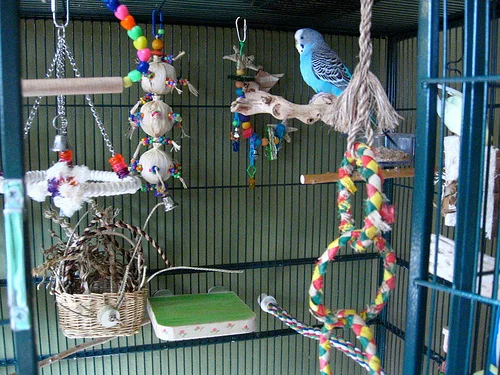
As you know, you’re going to need to provide a proper cage for your parakeet. You’ll want a cage that is at least 20 inches long, 18 inches high and 18 inches wide for one parakeet.
The cage bars shouldn’t be spaced more than 1/2-inch apart to prevent your bird from getting its head stuck between the bars and to prevent escape.
If you are getting a pair of birds, you need to double that size.
It is best to provide your bird with the largest cage you can afford. Never use a cage made of zinc, lead, brass, wood or bamboo.
You might consider getting a cage skirt to help keep the area around your bird’s cage cleaner. The skirt will help keep bedding, seeds and feathers from being flung all over the floor.
Place the cage in the room where you spend the most time. Your bird will appreciate being able to hear and see you. Don’t place the cage too close to windows or drafty areas, birds are sensitive to temperatures both hot and cold.
Never keep your bird’s cage in the kitchen, this is dangerous due to fumes, smoke and heat. It is also important that the cage is out of reach of other pets.
A cage cover is recommended, you can purchase one or use a sheet or towel as a cover.
You should thoroughly clean your bird’s cage weekly, including the toys. Use a cleaning product safe for animals.
Perches In Three
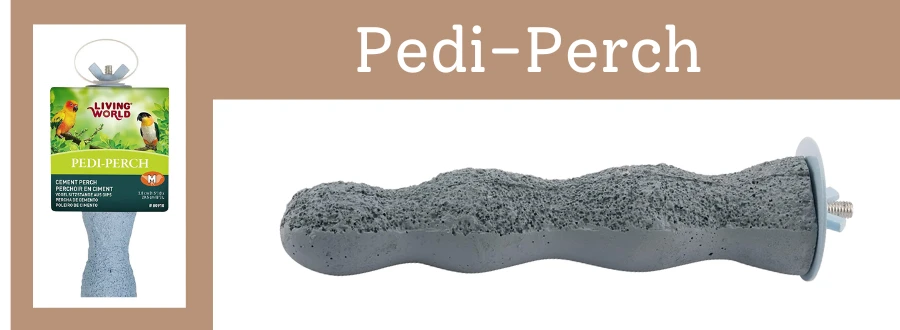
You should put at least 3 perches in the cage.
You will want to get perches that are different in shapes and textures to help keep your bird’s feet strong and healthy. They make perches out of wood, rope and plastic.
One perch to consider is a pedicure perch, commonly known as Pedi-Perch. This type of perch has a roughness which helps to keep their toenails trimmed.
The perches should be placed so that your bird’s droppings won’t land in the food and water dishes. Also, be sure that the perches are set high enough above the water, so their tails don’t hang down in the water itself.
Parakeets Love Toys
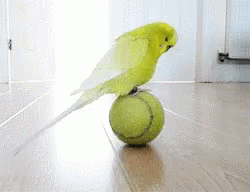
You should provide your parakeet with a nice selection of different toys to keep him entertained.
There are several varieties of toys made for birds on the market, as well as some you can make at home. Your parakeet will enjoy ladders, ropes and swings to climb and play on, but he will also enjoy having bells, hoops and balls to play with.
It is recommended to have a mirror or a plastic parakeet (it clips on the perch) if you have a single bird.
These items provide your bird with a little companionship.
They would also enjoy a snuggle buddy, these are a pea pod shaped, fleece product that attaches to a corner of the cage for your bird to snuggle into.
A few things you can give your bird to play with that you have at home are plain (no dyes) paper cut into shapes or balled up for your bird to shred and popsicle sticks to chew.
It is a good idea to have extra toys, so you can switch out the toys every week or so to keep your bird from getting bored. A cuttlebone is a must-have in your bird’s cage. It provides them with a source of calcium and minerals that are necessary for bone formation and blood clotting.
Comfy Bedding
You can use newspaper (no ads or shiny paper) or paper towels as cage liners. These will need to be changed at least every two days.
You can also use a recycled newspaper bedding such as Carefresh or Yesterday’s News. Just spot clean these of any clumps containing droppings at least every 2 days and completely change it weekly.
Feeding Your Parakeet
You can feed your parakeet, a parakeet seed blend or a pelleted diet. There are benefits to feeding a pelleted diet, they are formulated to be nutritionally complete and are cleaner than seed (no seed hulls), but they are not always easy to get a bird to eat them.
It will take time to transition your bird from a seed based diet to a pelleted diet, and you still may not succeed.
You have to be very careful during transition to ensure that your bird doesn’t starve. Birds have high metabolisms, and should never go without eating, even for a short time.
If you need advice, please consult with an avian veterinarian before starting your bird on pellets. It’s important to remove the seed hulls off the top of the food dish at least once a day.
It’s important to give your bird a variety of fresh leafy greens, vegetables, fruits (very small amounts) and nuts daily, to help provide more nutrients in your bird’s diet.
A list of safe and unsafe foods is provided below.
And don’t forget the occasional cheap DIY, healthy treat!
Fresh leafy greens should make up the largest portion of the fresh foods your bird receives daily, followed by vegetables and fruits and nuts being the smallest portion.
Fruits are high in sugar and nuts are high in fat, so these should be fed in very small amounts.
All fresh foods should be washed and shredded or chopped into small pieces that are easy for your bird to eat. Be sure to remove all uneaten fresh foods in 2 hours to prevent them from spoiling.
Your bird’s water dish must be changed and cleaned daily. You may need to change it more often if your bird gets droppings in it.
Keeping your bird’s water fresh and clean is important to keep him healthy.
There are water containers that are made for birds that attach to the outside of the cage with a small dish that goes through the bars. These will keep the water from becoming soiled, but they should still be changed and cleaned daily.
Health
It is important to watch your bird for any signs of illness and if you notice any of these signs listed below, it is important to have a vet examine your bird right away.
Look up local veterinarians in your area that are experienced in treating birds and have the list on hand in case of an emergency.
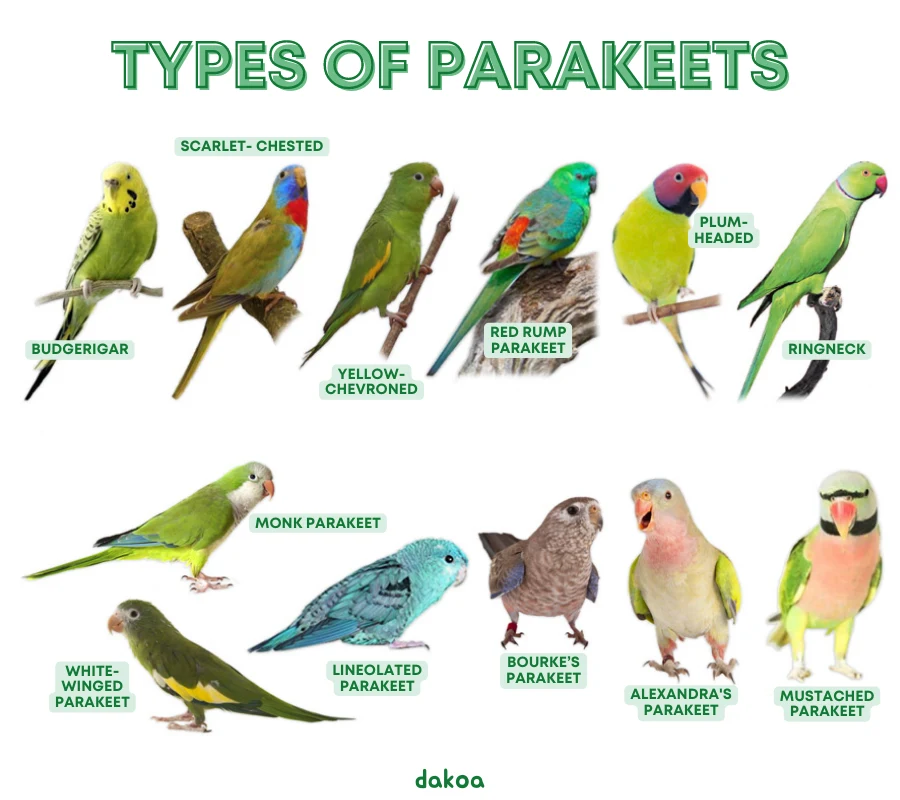
Signs of Illness in Your Parakeet
- Ruffled feathers (for long periods)
- Sneezing
- Changes in droppings
- Changes in behavior
- Little to no activity
- Lack of preening habits
If you want to have your parakeets wings trimmed, it is important to have a vet do this for you.
Birds have pin feathers (also called blood feathers), which are newly formed feathers that have a rich blood supply.
If these are cut during trimming, your bird could die from blood loss.
In time, your vet might be able to show you how to do this yourself, but it is always safer to have a professional do it. The vet can also trim the toenails if they need it.
Hand Taming and Handling
Parakeets are easily hand tamed.
Hand taming will allow you to interact and bond with your bird.
Handling parakeets is such a joyful experience for most people that you’ll find many videos on YouTube as well as step by step articles on the best ways to tame your parakeet.
It is recommended to have your bird’s wings trimmed before you start training. This will keep him from achieving full flight and getting injured.
Training will require time and patience, don’t rush this, take your time.
While it’s easier to train a bird that is under six months of age, an older bird can still be trained, it just takes a little longer.
More To Discover
With your care, love and attention, you and your new Parakeet will have many fun and happy years together.
Enjoy your new feathered friend.
List of Supplies for Your Parakeet
-
- Cage (min. 20x18x18inches, max. 1/2 bar space)
- Food dishes(2)
- Water dish or Water container
- Perches (at least 3)
- Bedding (recycled newspaper type)
- Cuttlebone
- Toys (at least a few to start)
- Birdcage Skirt (optional but recommended)
- Cage Cover (optional)
Safe Foods Your Parakeet CAN Eat
- Apples (no seeds)
- Asparagus
- Bananas
- Blueberries
- Broccoli
- Carrots
- Coconut
- Cooked beans
- Cooked whole wheat pasta
- Corn
- Dark leafy greens
- Grapes
- Hard-boiled eggs (crushed with shells)
- Lettuce (no Iceberg)
- Mango
- Melon
- Oranges
- Peas
- Raspberries
- Raw unsalted pecans, almonds, pistachios, walnuts
- Strawberries
- Sprouted seeds
- Tomatoes
- Whole grain breads
- Zucchini
What Your Parakeet CANNOT Eat
- Alcoholic beverages
- Avocados
- Carbonated beverages
- Chocolate
- Fruit seeds and pits
- Mushrooms
- Peanuts
- Salty or sweet junk foods
- Tomato stems or leaves
- White or sweetened breads
- Uncooked beans
- Yucca








